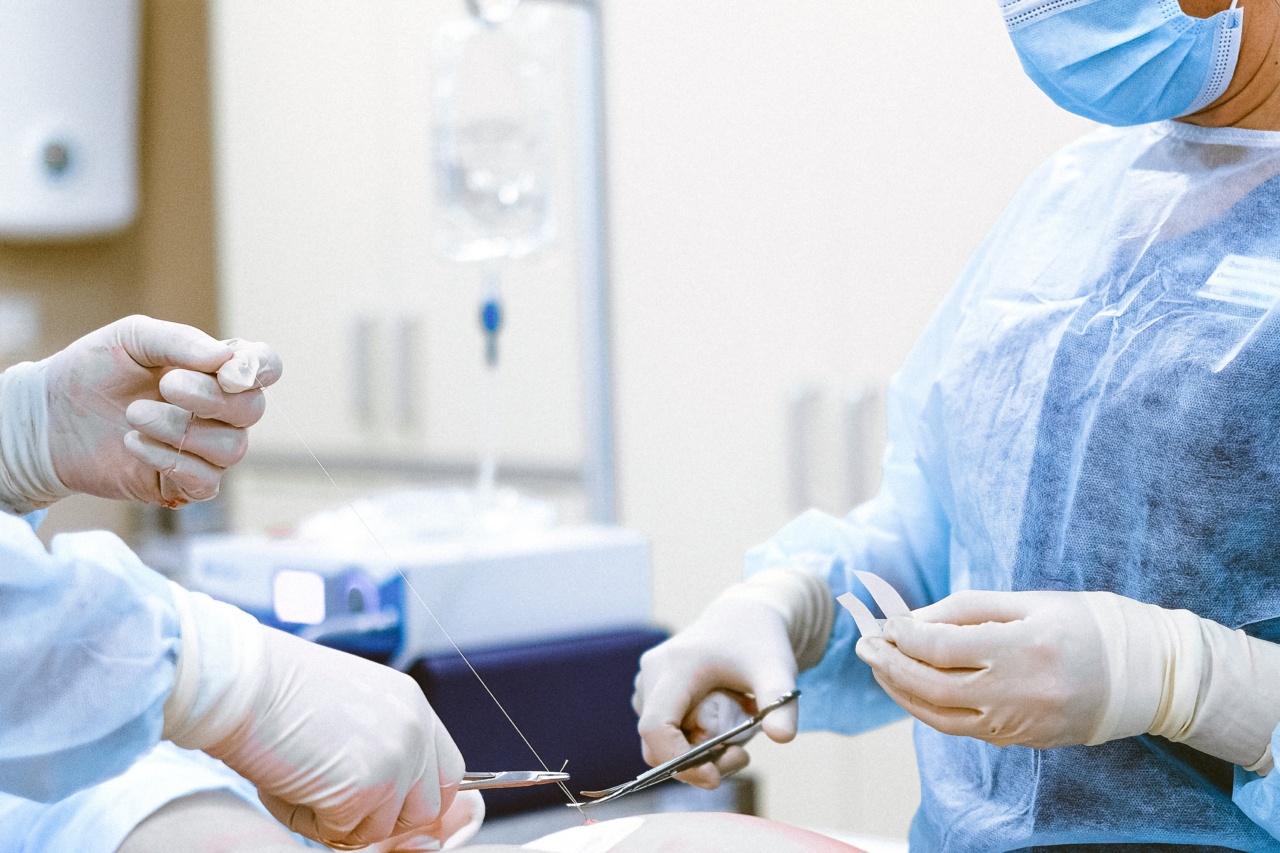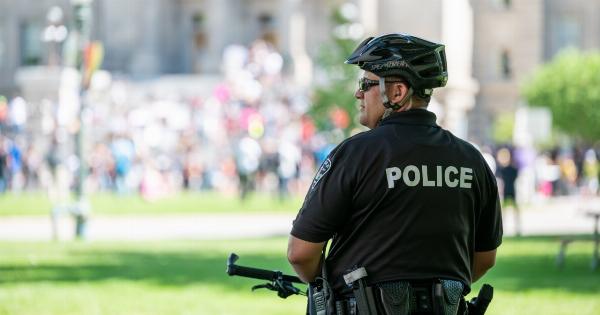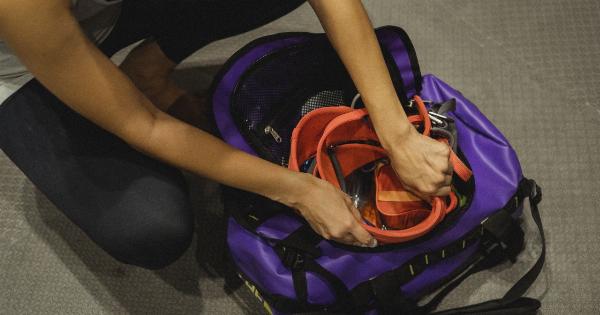Heatstroke is a potentially life-threatening condition that occurs when the body’s internal temperature rises to a dangerous level.
It is a serious concern, especially during hot summer months, and can affect anyone, regardless of age or health status. However, citizens can take several preventative measures to reduce the risk of heatstroke and stay safe in hot weather conditions.
This article will explore some effective strategies to prevent heatstroke and protect citizens from its harmful consequences.
Stay Hydrated
One of the most important ways to prevent heatstroke is to stay properly hydrated. Dehydration can increase the risk of heat-related illnesses, including heatstroke.
It is essential to drink plenty of fluids throughout the day, even if you don’t feel thirsty. Water is the best choice, but you can also include fruit juices, sports drinks, and other hydrating beverages. Avoid or limit drinks that contain caffeine or alcohol, as they can actually contribute to dehydration.
Avoid Direct Sun Exposure
Another effective strategy is to minimize direct sun exposure, especially during the hottest parts of the day. If possible, stay indoors or seek shade when the sun is at its peak.
If you need to be outside, try to find shady areas or wear a wide-brimmed hat to protect your face and neck from direct sunlight. Additionally, use sunscreen with a high SPF to shield your skin from harmful UV rays.
Dress Appropriately
The clothes you wear can significantly impact your body’s ability to regulate temperature. Choose lightweight, loose-fitting clothing made from breathable fabrics such as cotton.
These materials allow air to circulate and help sweat evaporate, keeping you cooler. Avoid wearing dark-colored clothes, as they absorb more heat from the sun. Opt for light-colored clothing that reflects sunlight instead.
Plan Outdoor Activities Wisely
When planning outdoor activities, it’s crucial to consider the weather conditions. Check the weather forecast and try to schedule activities early in the morning or late in the evening when temperatures are generally cooler.
If you must be outside during peak heat hours, ensure to take frequent breaks in shaded areas and avoid overexertion. Pace yourself and listen to your body’s signals.
Stay Cool Indoors
To prevent heatstroke, it’s essential to keep your indoor environment cool. If you don’t have air conditioning, try using fans or opening windows to improve air circulation.
Use curtains or blinds to block out direct sunlight during the hottest times of the day. Taking cool showers or baths can also help lower your body temperature and provide relief from the heat.
Avoid Hot and Heavy Meals
Eating heavy, hot meals can increase your body’s metabolic heat production, making you feel hotter. Opt for light, cold meals or snacks instead.
Choose fresh fruits, vegetables, and salads, which not only provide essential nutrients but also contribute to hydration. Avoid foods that are high in protein as they can increase metabolic heat. Additionally, try consuming smaller meals throughout the day rather than large, heavy meals.
Know Your Medications
Some medications can affect your body’s ability to regulate temperature or increase your sensitivity to heat. If you take any medications, consult with your healthcare provider or pharmacist to understand their potential heat-related side effects.
They can provide guidance on adjusting dosages or help you find alternate solutions to minimize the risk of heatstroke.
Keep in Touch with Vulnerable Individuals
It’s important to keep in touch with family members, friends, and neighbors, especially those who may be more vulnerable to heatstroke, such as older adults or individuals with chronic illnesses.
Check on them regularly, ensuring they have access to a cool environment and are following necessary preventive measures. Encourage them to seek medical attention if they show signs of heatstroke or other heat-related illnesses.
Identify Cooling Centers
During extreme heat conditions, communities often establish cooling centers where individuals can seek refuge from high temperatures.
These locations are typically public facilities such as community centers, libraries, or schools that are air-conditioned and open to the public. It’s advisable to be aware of the cooling centers in your area beforehand, especially if you don’t have access to air conditioning at home.
Recognize the Signs of Heatstroke
Lastly, it’s crucial to recognize the signs of heatstroke to take prompt action if necessary. Common symptoms include a high body temperature, dizziness, rapid heartbeat, shallow breathing, confusion, and unconsciousness.
If you or someone around you experiences these symptoms, it’s important to move to a cool environment, remove excess clothing, and call emergency services immediately.




























